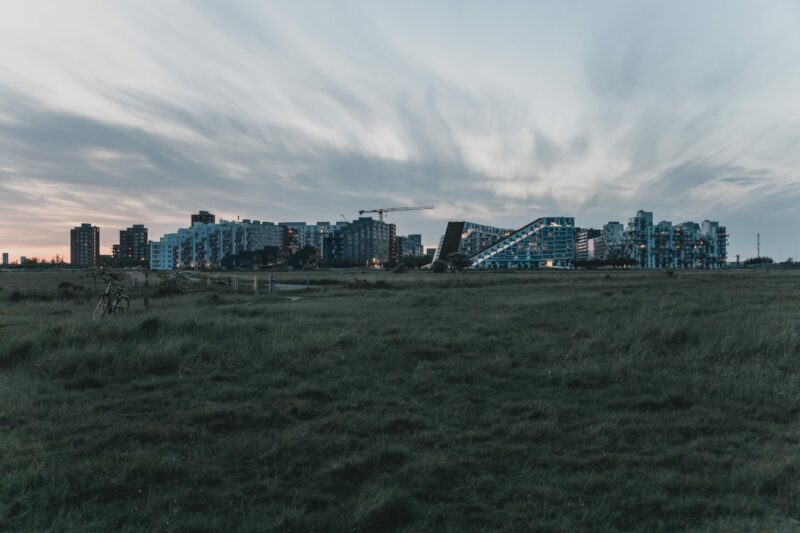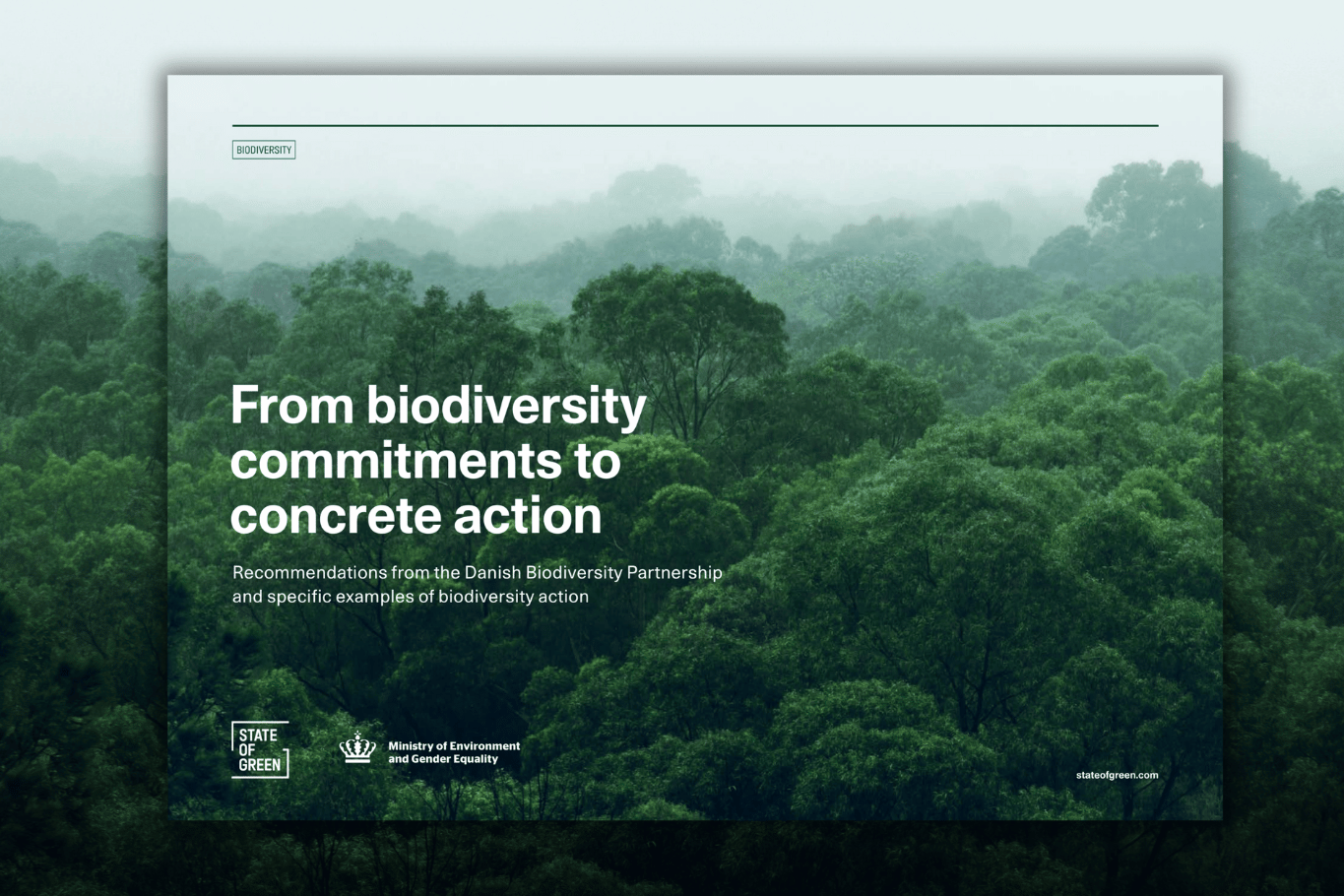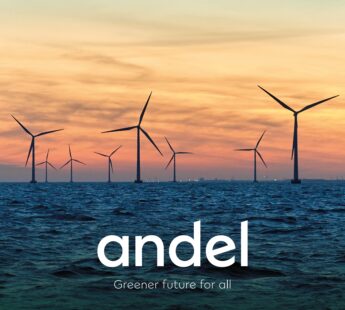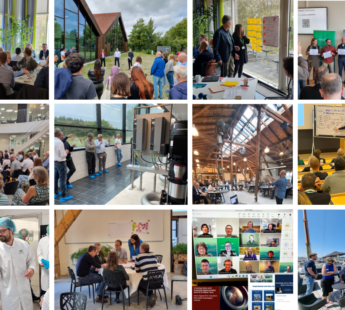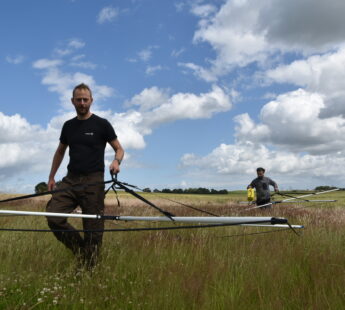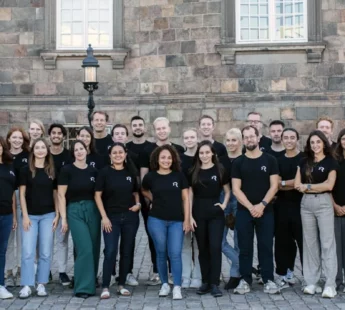Solution provider

For more than 150 years, Danske Bank has helped enable growth and development in society. We have developed in tandem with the societies we are part of, and our advisory services, expertise and financial solutions have helped individuals, families, businesses and organisations to realise their ambitions and potential. With long-term sustainable development as our ambition, we will continue to work every day to be the best possible bank, for the benefit of our customers, employees, shareholders and the societies we are part of.
